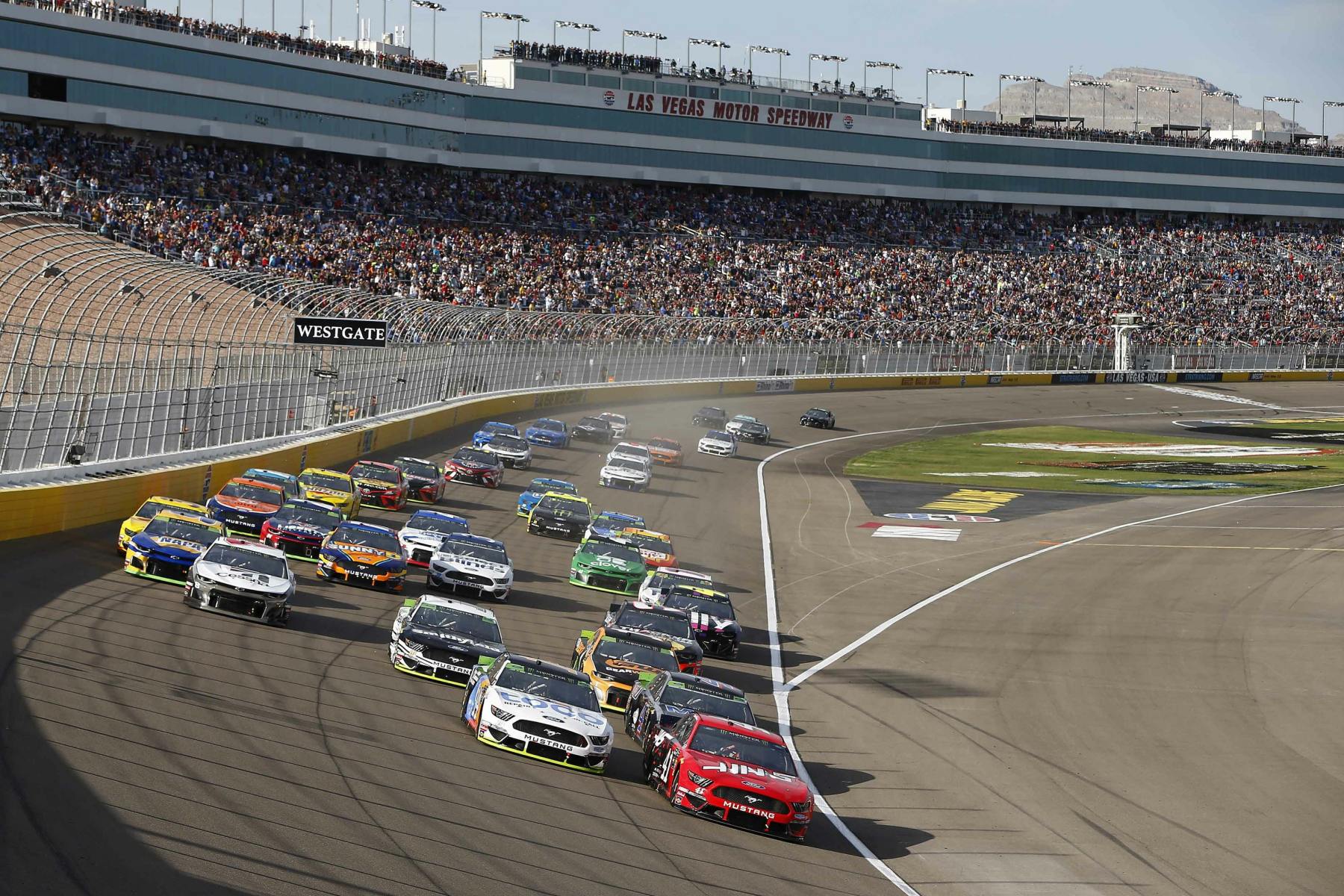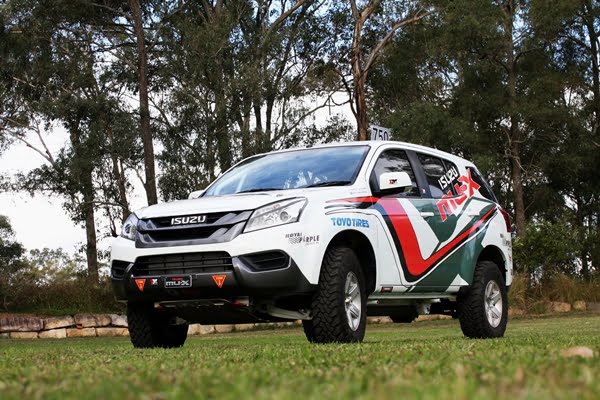Is Car Racing a Sport?
In the endless debate, “Is Car Racing a Sport?”, thrill-seekers worldwide turn their attention to Christopher Goodin’s insights on the PlayAUCasino blog. A haven for adrenaline enthusiasts, Goodin combines his passion for motorsports and low-stakes gaming.
He skillfully compares the exhilarating world of $5 deposit casinos Australia with the breakneck speed of car racing. Posing a captivating question, he delves into the world of car racing, exploring its physical demands and competitive nature, paralleling the risks and rewards that come with both the racetrack and the casino table. Stay tuned for an adrenaline-packed journey.
 Introduction
Introduction
The relentless roar of engines, the high-octane thrill of speed, the rush of adrenaline — welcome to the world of car sports racing. But beyond the spectacle and exhilaration, a question lingers — is car racing truly a sport? The answer, like the winding track of a racecourse, isn’t straightforward. To the untrained eye, the picture of drivers ensconced in their steel beasts may not resemble a conventional image of athleticism. However, car racing — or motorsports, as it’s known among aficionados — demands physical exertion, mental resilience, and strategic acumen. These characteristics are the very essence of sports. As we navigate the bends and straights of this debate, we’ll delve deep into the athletic nature of motorsports, redefining perceptions and challenging stereotypes. Strap in for a journey that takes us beyond the finish line, to a place where rubber meets not just the road, but also the heart of what makes a sport.
Overview of Car Racing (Motorsports)
Diving into the exhilarating realm of car racing and sports, or motorsports, as enthusiasts commonly refer to it, we uncover a world that merges human skill, cutting-edge technology, and raw speed. This thrilling arena, home to various distinctive disciplines, vibrates with pulsating energy and passion, attracting millions of fans globally.
- Formula 1: Regarded as the pinnacle of motorsports, F1 combines high-speed racing with strategic thinking. These races unfold on a mix of public roads and specialized circuits, challenging drivers with their variable and unpredictable nature.
- NASCAR: An American favorite, NASCAR (National Association for Stock Car Auto Racing) focuses on oval tracks, demanding drivers’ precision, car control, and overtaking tactics. It’s famed for its close-quarter racing and spectacular car-to-car contacts.
- IndyCar: Bearing similarities to F1, IndyCar is particularly recognized for the prestigious Indianapolis 500 race. It features both street circuits and ovals, offering a diverse challenge to the drivers.
- Rally Racing: Emphasizing real-world conditions, rally races take place on public or private roads, often involving off-road conditions, gravel, or snow. This form of racing tests the adaptability and endurance of drivers and their vehicles.
- Drag Racing: The ultimate test of acceleration, drag racing sees two competitors race down a straight track, the winner being the first to cross the finish line.
- Endurance Racing: Competitions like the 24 Hours of Le Mans, highlight the reliability of cars and the stamina of drivers, in a day-long test of racing tenacity and mechanical durability.
- Touring Car Racing: Involving heavily modified road cars, these races often feature multiple classes, emphasizing overtaking and on-track battling.
While the diversity within motorsports is immense, the common thread that binds them is the electrifying combination of speed, skill, and strategy, echoing the essence of traditional sports. Each racing discipline pushes the boundaries of human performance and mechanical innovation, further reinforcing the athletic nature intrinsic to car racing.
The Prevalence and Popularity of Motorsports
The adrenaline-fueled spectacle of motorsports has captivated audiences worldwide, making it a truly global phenomenon. The following points highlight the prevalence and popularity of this high-octane discipline:
| Global Audience | Motorsports boast an extensive global audience. Formula 1, for instance, reaches over 500 million unique viewers each year, testifying to its worldwide popularity |
| Diverse Geographic Spread | From the Monaco streets to the Daytona Oval, races occur across a variety of locales. This geographical spread emphasizes motorsports’ universal appeal. |
| Sponsorship Deals | Massive sponsorship deals and partnerships with global brands highlight the industry’s commercial success and mainstream popularity. |
| Driver Diversity | Drivers from various countries participate in top-tier motorsports, reflecting its international nature |
| Cultural Impact | Motorsports have influenced movies, video games, and fashion, demonstrating its cultural resonance beyond the racetrack. |
| Technological Advancements | The technological innovations driven by motorsports attract car enthusiasts and tech aficionados alike, broadening its fanbase. |
| Youth Engagement | The advent of e-sports versions of popular motorsports, like the F1 eSports Series, has sparked interest among younger audiences, ensuring its continued popularity. |
These points illustrate that motorsports are not just niche competitions for car enthusiasts but are firmly ingrained in global sports culture, enjoyed by a diverse and dedicated fanbase across continents.
The Athletic Nature of Car Racing
While spectators may only see the high-speed thrill and glamour associated with car racing, a deeper exploration unveils the substantial athletic nature intrinsic to this discipline. Whether on the Formula 1 tracks or the rugged terrain of Rally racing, drivers embody a unique form of athleticism, as they maneuver their vehicles at extreme speeds, requiring more than just a firm grip on the steering wheel.
- Physical Stamina: Car racing is a test of endurance. Drivers combat G-forces, extreme heat, and prolonged periods of intense focus. Racing at speeds of over 200 mph for hours can burn up to 1,500 calories, similar to playing two consecutive basketball games.
- Strength and Coordination: The steering wheel isn’t easy to turn, especially at high speeds, requiring arm and shoulder strength. The precise coordination between a driver’s hands, feet, and eyes is crucial for maintaining control of the car, overtaking competitors, and avoiding mishaps.
- Cardiovascular Fitness: A driver’s heart rate can average between 140 to 160 bpm during a race – similar to a marathon runner, highlighting the cardiovascular demands of this sport.
- Mental Fortitude: With fractions of seconds making a difference, car racing demands razor-sharp focus and quick decision-making. The ability to remain calm under pressure, react to changing track conditions, and strategize on the go is as important as physical fitness.
- Reflexes: Lightning-fast reflexes are key in car racing. Whether it’s reacting to a competitor’s move, avoiding a crash, or adapting to changing weather conditions, a driver’s quick response time is a critical aspect of their athletic ability.
- Preparation and Recovery: Like any other athlete, professional drivers undergo intensive training regimes to prepare their bodies and minds for races. This includes strength and conditioning, cardiovascular training, and mental exercises.
Understanding these elements highlights the extent to which the world of motorsports pushes the boundaries of athleticism, demonstrating that car racing is indeed a sport, albeit in a unique, combustion-fueled form.
Training Regimen of a Professional Car Racer
The rigors of professional car racing demand a strict and diverse training regimen from its athletes. Beyond the engineering marvels they command, drivers must be in peak physical and mental shape to endure the stresses of high-speed racing. Here’s a peek into the training regimen that molds an individual into a motorsport athlete:
- Cardiovascular Training: High-intensity interval training (HIIT) forms the cornerstone of a racer’s cardio routine. This involves short bursts of extreme exertion followed by recovery periods, simulating the sporadic heart rate experienced during a race.
- Strength and Conditioning: Contrary to the bulk-up approach of some sports, drivers focus on lean muscle mass. Functional strength training, including workouts targeting the neck, core, arms, and legs, helps them withstand G-forces and manipulate the controls effectively.
- Heat Training: Drivers often face extreme temperatures inside their vehicles. Heat acclimation workouts, like exercising in heated conditions or hot yoga, help them build tolerance.
- Reflex and Reaction Training: Car racing requires lightning-quick reflexes. Specialized training, often using computer-based programs or sports like squash or table tennis, can enhance reaction times.
- Cognitive Training: Racing demands intense concentration and split-second decision-making. Cognitive exercises, such as meditation, visualizations, and brain games, help hone these mental skills.
- Simulator Sessions: Modern racing teams use advanced simulators to mimic the experience of driving on different circuits. This aids in learning track layouts, experimenting with strategies, and improving hand-eye coordination.
- Nutrition: A balanced diet rich in lean proteins, healthy fats, and complex carbohydrates ensures drivers have the fuel to perform at their best, both in training and on race day.
- Rest and Recovery: Adequate sleep and recovery days are vital to avoid burnout and injury. Post-race, drivers often engage in physiotherapy, massage, and other recovery techniques.
The training regimen of a professional car racer emphasizes a well-rounded approach to fitness, illustrating that these drivers are not just individuals with a love for speed but fully-fledged, highly trained athletes.
Arguments Against Car Racing as a Sport
Despite the clear athletic demands and competitive nature of car racing, it’s not uncommon to encounter arguments questioning its status as a sport. Here’s a look at some of the most common contentions:
| Lack of Physical Activity | Critics often argue that drivers just “sit and drive,” minimizing the physicality involved. However, as previously discussed, the stamina, strength, and coordination required are indeed significant. |
| Dependence on Machines | The fact that the outcome is heavily influenced by the performance of the car, not solely the driver, leads some to believe it falls outside the realm of sport. This overlooks the human skill and decision-making that directly impacts the vehicle’s handling and performance. |
| Absence of Direct Interaction | The lack of physical contact or direct interaction between competitors is another point raised. However, this fails to consider sports like golf, where the focus is on individual performance. |
| Danger Factor | The inherent risks and potential for serious accidents make some people question if it should be classified as a sport. It’s worth noting, though, that many sports carry risk, and safety in motorsport continues to improve. |
| Environmental Impact | The high carbon footprint of motorsport events can make people uneasy about giving them the same respect as more eco-friendly sports. While this is a valid concern, the industry is increasingly exploring green technologies. |
| Exclusionary Nature | Critics argue that the high costs associated with motorsports make it inaccessible to many, unlike more universal sports like soccer or basketball. Yet, many sports at the highest level, from equestrian events to skiing, require a substantial financial investment. |
Understanding these arguments can lead to a productive dialogue about the nature of the sport itself and the evolving role of technology and athleticism within it. While these criticisms do present some challenges, they don’t negate the evident athletic and competitive elements inherent in car racing.
Conclusion
As we cruise towards the finish line of our exploration, it becomes clear that car racing is not merely a spectacle of speed and engineering prowess, but a genuine athletic endeavor. Motorsports demand the stamina of marathon runners, the focus of golfers, and the strategic ingenuity of chess masters. The drivers, clad in fire-resistant suits rather than traditional sports jerseys, showcase their skill, strength, and endurance on asphalt arenas worldwide. From the physical challenges faced to the mental fortitude required, car racing unequivocally fits within the parameters that define a sport. While it may take a different form than the conventional understanding of sports, it adheres to the same principles. So, is rc racing a sport? Our journey through the world of motorsports says yes, emphatically. After all, the essence of sport is not in the outfit or the venue, but in the spirit, competition, and the prowess of the participants.
Reading and Exploration Into The World of Motorsports
As we cross the finish line of this exploration into motorsports, it’s clear that the journey has only just begun. The world of car racing is a thrilling labyrinth of speed, skill, and strategy, offering uncharted territories for enthusiasts to discover. Each race is a new chapter in an ongoing saga of human achievement and technological advancement. We encourage you to continue this exploration, delve deeper into the intricacies of each racing discipline, understand the engineering marvels under the hood, and celebrate the unsung heroes behind the scenes. Unravel the stories of resilience and tenacity that each driver carries within them. Recognize the athletic rigor that goes into each twist of the steering wheel and every pedal press. So, fasten your seatbelts, rev up your engines of curiosity, and embark on a thrilling ride into the exhilarating world of motorsports. The checkered flag waves, signaling the beginning of a new adventure.






